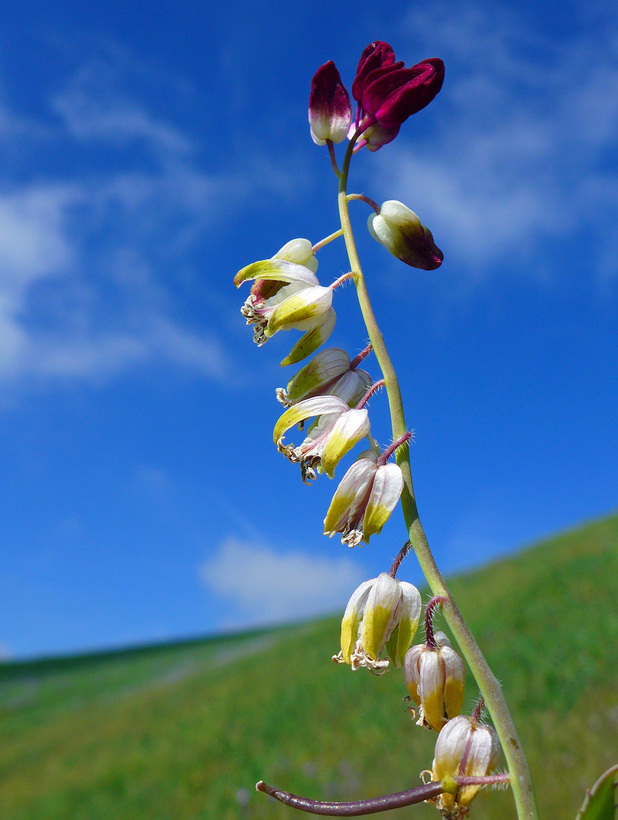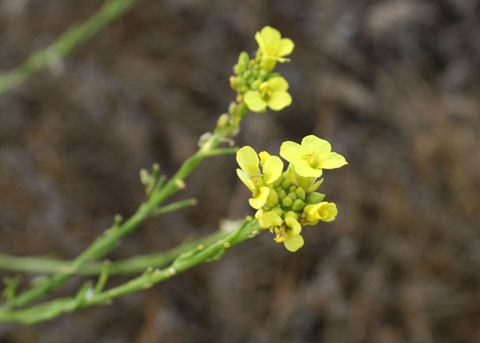The Brassicaceae, also known as the mustard family, is the second plant family of the week.


The Brassicaceae includes a wide variety of plants, many of which are commonly cultivated for their edible parts (e.g., broccoli, cabbage, mustard) or for their ornamental value. These plants share several characteristics:
- Four-petal flowers: Members of the Brassicaceae family typically have flowers with four petals arranged in the shape of a cross. This arrangement is often referred to as “cruciform” and is a key characteristic of the family.
- Six stamens: Flowers typically have six stamens, including four long stamens and two shorter ones.
- Alternate leaves: The leaves are usually arranged alternately along the stem, rather than in opposite pairs.
- Seed pods (siliques or silicles): Fruits can take the form of siliques (long, narrow, and cylindrical) or silicles (shorter and wider than siliques). The seeds are arranged in a row within these pods.
- Pinnate or pinnatifid leaves: Many Brassicaceae plants have leaves that are either pinnate (feather-like) or pinnatifid (deeply lobed), often with a waxy or glaucous appearance.
- Peppery taste: Some members of the Brassicaceae family, such as mustard and radish, are known for their peppery or spicy taste due to the presence of compounds like glucosinolates.
- Herbaceous growth: Most Brassicaceae plants are herbaceous, do not develop woody stems, and tend to have a relatively short lifespan.
- Worldwide distribution: Brassicaceae plants are found in various parts of the world, from temperate regions to alpine habitats. They are well adapted to a range of environmental conditions.
- Economic importance: Many members of the Brassicaceae family are of economic importance as food crops, oilseed crops (e.g., canola), and ornamental plants.
Click here for the Jepson Manual key to the Brassicaceae in California.
Click here for a video introducing the Brassicaceae.